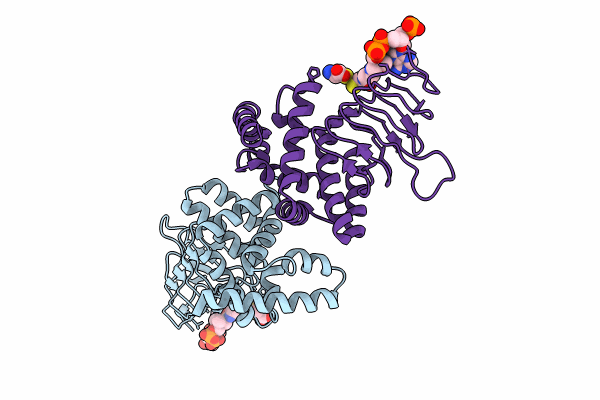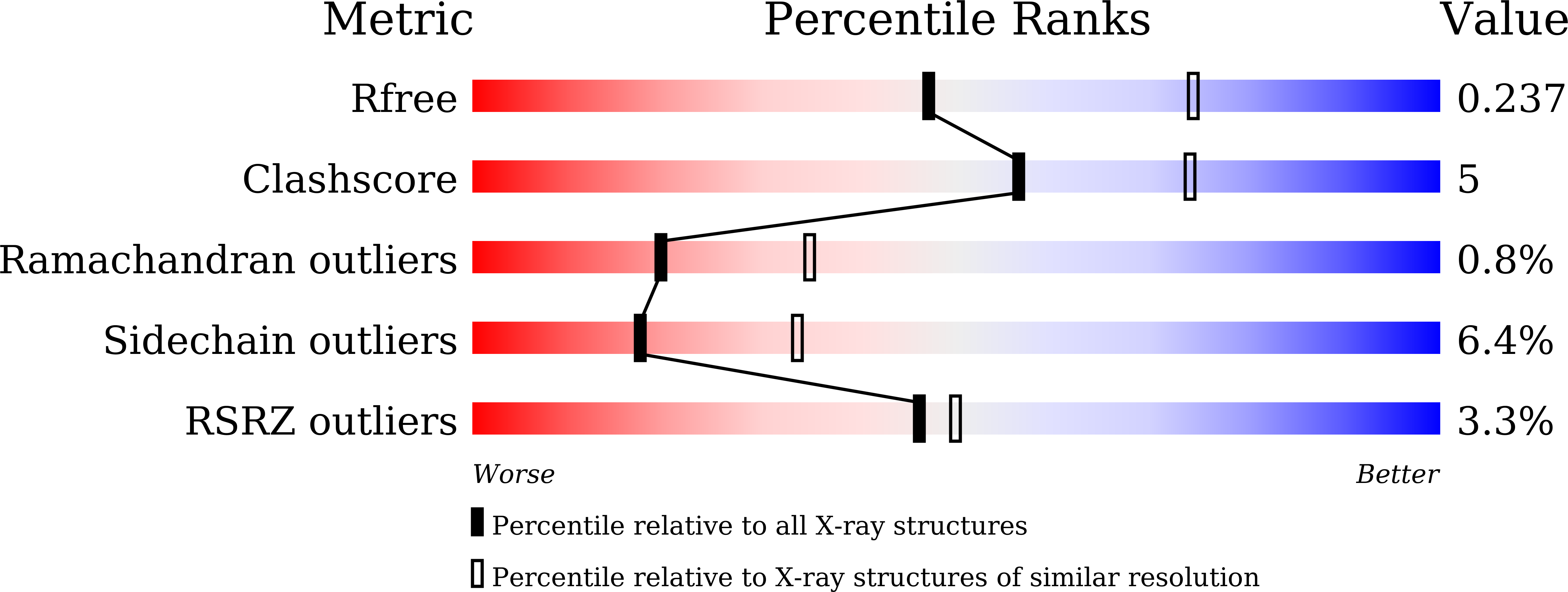
Deposition Date
2023-01-10
Release Date
2023-11-22
Last Version Date
2023-11-29
Entry Detail
PDB ID:
8I06
Keywords:
Title:
Crystal structure of serine acetyltransferase from Salmonella typhimurium complexed with CoA
Biological Source:
Source Organism:
Host Organism:
Method Details:
Experimental Method:
Resolution:
2.50 Å
R-Value Free:
0.23
R-Value Work:
0.19
R-Value Observed:
0.19
Space Group:
I 21 3


